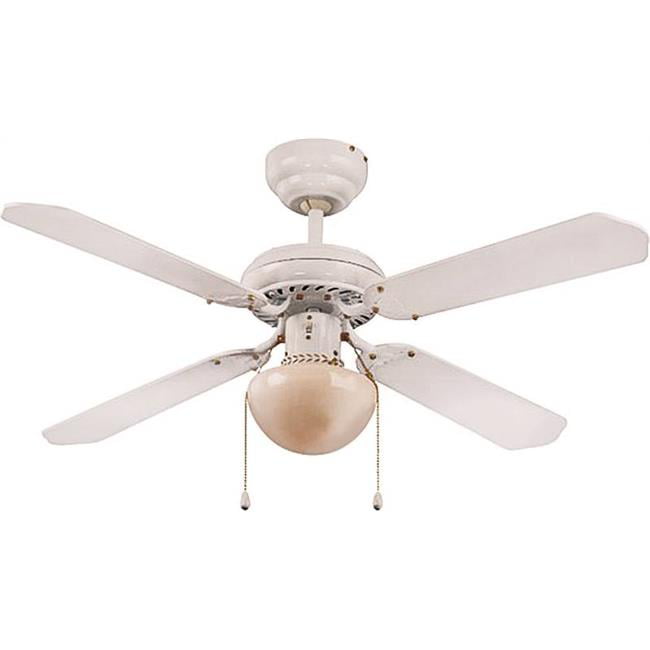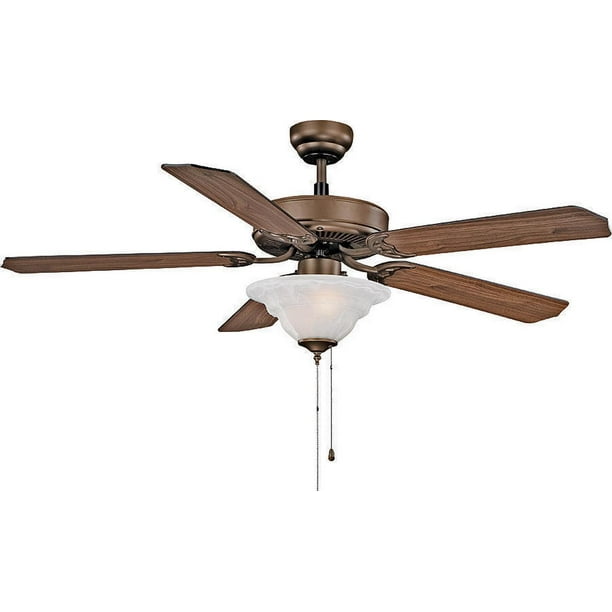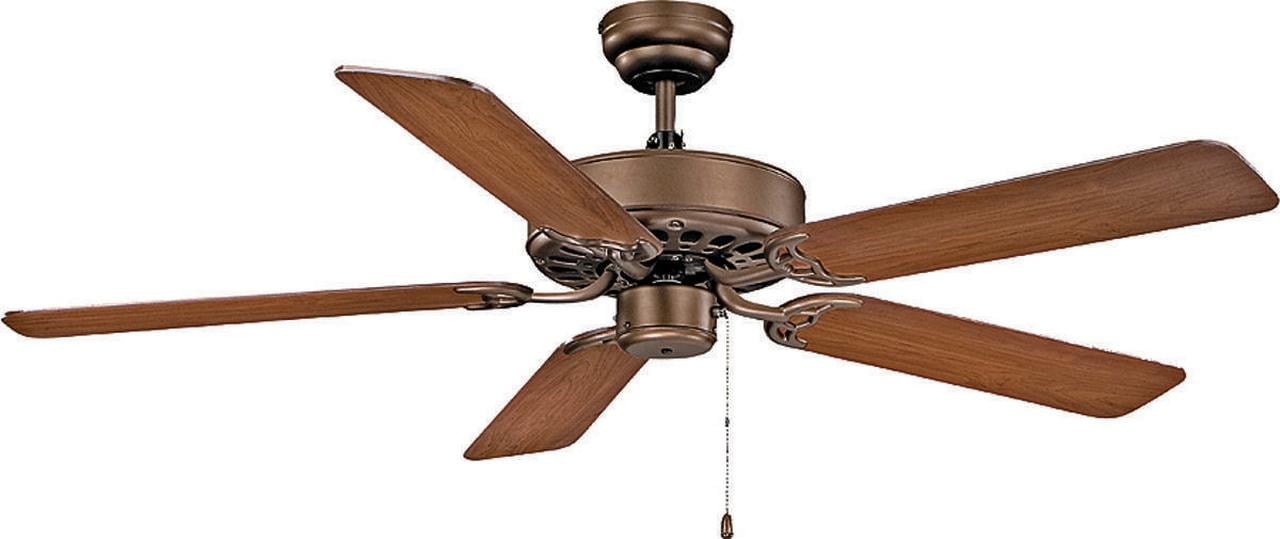Boston Harbor Ceiling Fans For Sale – Sellers often find themselves in a strange position, balancing the emotional attachment to the item with the rational need to let it go. Those who are born into privilege have the means to buy their way to the top, while others are left behind, forced to sell their time, energy, and even their dignity in order to survive. It’s easy to understand why people seek out quality goods for sale. The growing appeal of second-hand goods is also tied to a growing awareness of environmental issues. Many people find that buying second-hand furniture allows them to acquire high-quality pieces that are built to last, often with a level of craftsmanship that is hard to find in mass-produced furniture. Additionally, there is the challenge of integrating the business into their existing operations and ensuring that it continues to thrive under new ownership. Yet, even within this system, there is room for hope. This is especially true in a world dominated by fast fashion, disposable electronics, and mass-produced products. A piece of furniture, for instance, may hold sentimental value simply because it’s been in the family for generations. One of the most popular categories of second-hand goods for sale is clothing. This subjective nature of value is what makes the “for sale” market so dynamic. For the seller, there is the risk that they may not be able to find a buyer who is willing to pay the desired price, or that the sale may not go through as planned. These acts of generosity remind us that there are still things in life that cannot be bought, cannot be sold, and cannot be quantified. And, in a way, this is the ultimate form of freedom: the ability to buy, sell, and trade on your own terms. Similarly, a quality suit made from fine wool will age gracefully, developing a patina that speaks to its craftsmanship. Unlike starting a business from scratch, which requires time to build a reputation and establish market credibility, buying an existing business means stepping into an environment where some of the groundwork has already been done. For fashion-conscious individuals, buying second-hand is a way to express their personal style while also supporting sustainable practices. Online platforms such as eBay, Craigslist, and Facebook Marketplace have made it easier than ever for individuals to sell their unwanted items to a global audience. A new smartphone, for example, can cost hundreds of dollars, but buying a used one can cut the price down by more than half. Beyond practical reasons, the appeal of quality goods for sale also lies in the sense of pride and satisfaction that comes from owning something well-made.

Boston Harbor Ceiling Fan, 5Blade, Black/Oak Blade, 52 in Sweep, MDF
Excellent servicefree shippingauthorized online retailename brands

Boston Harbor AC362+3LNI3L Ceiling Fan, 5Blade, Natural Iron Housing
Excellent servicefree shippingauthorized online retailename brands

Boston Harbor CFB552ORB Ceiling Fan, 52", Bronze, low price
Excellent servicefree shippingauthorized online retailename brands

Boston Harbor Ceiling Fan, 52in, Bronze, Oak/Walnut, 5 Blades
Excellent servicefree shippingauthorized online retailename brands

Boston Harbor Ceiling Fan, 52in, Polished Brass, Oak/Walnut, 5 Blades
Excellent servicefree shippingauthorized online retailename brands

Boston Harbor 42" Ceiling Fan with Downrod and 1 Light, White Walmart
Excellent servicefree shippingauthorized online retailename brands

Boston Harbor 9417254 Dual Mount Ceiling Fan with 3 Light Kit 52 in
Excellent servicefree shippingauthorized online retailename brands

Boston Harbor CFB552ORB Ceiling Fan, 5 Blade, Bronze
Excellent servicefree shippingauthorized online retailename brands

Boston Harbor Ceiling Fan, 120 Vac, 60 Hz, Bronze Housing, 1/2
Excellent servicefree shippingauthorized online retailename brands

BOSTON HARBOR 42742TMRENBN Ceiling Fan with Light, 42Inch, Ceiling
Excellent servicefree shippingauthorized online retailename brands
These platforms have also made it easier for individuals to sell their own pre-owned goods, turning unused or unwanted items into cash. As more and more people become concerned about the planet’s resources and the impact of consumerism on the environment, the concept of buying used goods has gained traction as a more sustainable alternative to purchasing new products. A new smartphone, for example, can cost hundreds of dollars, but buying a used one can cut the price down by more than half. The concept of quality, however, is not a one-size-fits-all. While buying and selling second-hand items can come with its challenges, the rewards—both financially and environmentally—make it a worthwhile pursuit for many people. Online platforms also offer the convenience of searching for specific items, whether it’s a rare collector’s item, a particular brand of clothing, or a piece of furniture that fits a specific design style. The first and most obvious reason is the tangible benefits they offer. People are rediscovering the value of items that have been made by hand, with care and skill, as opposed to the impersonal, assembly-line products that dominate the marketplace. Overpricing an item can lead to it sitting unsold, while underpricing it can result in lost potential revenue. A well-maintained, quality leather jacket may last a lifetime, whereas a low-cost alternative might only hold up for a couple of seasons. Many brokers specialize in certain industries or types of businesses, allowing them to better serve their clients by offering specialized knowledge and advice. But is this a reflection of reality? Or is it an illusion we’ve created, an idea we’ve accepted in order to make sense of a world that increasingly revolves around consumption and profit?
At the core of this idea lies the assumption that everything, no matter how unique or rare, can be exchanged. In conclusion, the sale of a business is a complex process that involves numerous steps, from identifying the right buyer or seller to completing due diligence and negotiating the terms of the transaction. The desire for more, the constant pursuit of bigger profits and greater influence, can lead to exploitation. In conclusion, quality goods for sale represent the best that craftsmanship, design, and functionality have to offer. Once a suitable business has been identified, the buyer usually begins the due diligence process, which involves reviewing all relevant documents, financial records, and contracts. Manufacturing new items requires energy, raw materials, and natural resources, all of which contribute to environmental degradation. The production of new goods often requires significant resources, such as raw materials, energy, and labor, while also generating waste and contributing to pollution. Second-hand items are typically sold for a fraction of their original price, making them an attractive option for individuals on a budget. Both the buyer and the seller are seeking the best possible terms, and finding common ground can be a challenge.
For the seller, the goal is to achieve the highest price possible for the business, while for the buyer, the goal is often to secure a fair price that reflects the true value of the business. The focus on longevity and reliability is what sets these goods apart from their mass-market counterparts. However, it’s also important to recognize the darker side of this freedom. The concept of quality, however, is not a one-size-fits-all. The rise of online platforms has transformed the way second-hand goods are bought and sold. It’s a world where even personal growth, self-actualization, and emotional healing are framed as commodities, available for purchase at any time, but only if you’re willing to pay the price. Selling such an item can be a difficult decision, yet it often represents the practical need to downsize or make space for something new. In the age of immediacy, it can often feel as though many goods are made with built-in obsolescence, created to be replaced every few years. In addition to individual sales, online marketplaces often feature businesses and professional sellers who specialize in second-hand goods, providing buyers with a curated selection of high-quality items. This has made it easier for people to find items that might have otherwise been out of reach, whether it’s a rare collectible, an antique, or a product from another country. From designer labels to quirky, eclectic finds, second-hand clothing offers a wealth of variety and style at a fraction of the price of new items. It carries with it a deep sense of commodification — the idea that every part of our lives, every piece of our history, every corner of our existence, has a price attached to it. Yet, even within this system, there is room for hope. The act of selling a home is a deeply emotional process, and when it’s completed, there’s a sense of closure and anticipation for what comes next. Second-hand goods for sale are no longer seen as inferior or out-of-date, but rather as a conscious, stylish, and eco-friendly choice. While the online second-hand market has flourished, traditional thrift stores and second-hand shops continue to play an important role in the buying and selling of pre-owned goods. Beyond practical reasons, the appeal of quality goods for sale also lies in the sense of pride and satisfaction that comes from owning something well-made. Second-hand items are typically sold for a fraction of their original price, making them an attractive option for individuals on a budget. The object becomes more than just an object – it transforms into a transaction, an exchange of value. They are intended to last for a limited amount of time, after which they become outdated, broken, or no longer functional.